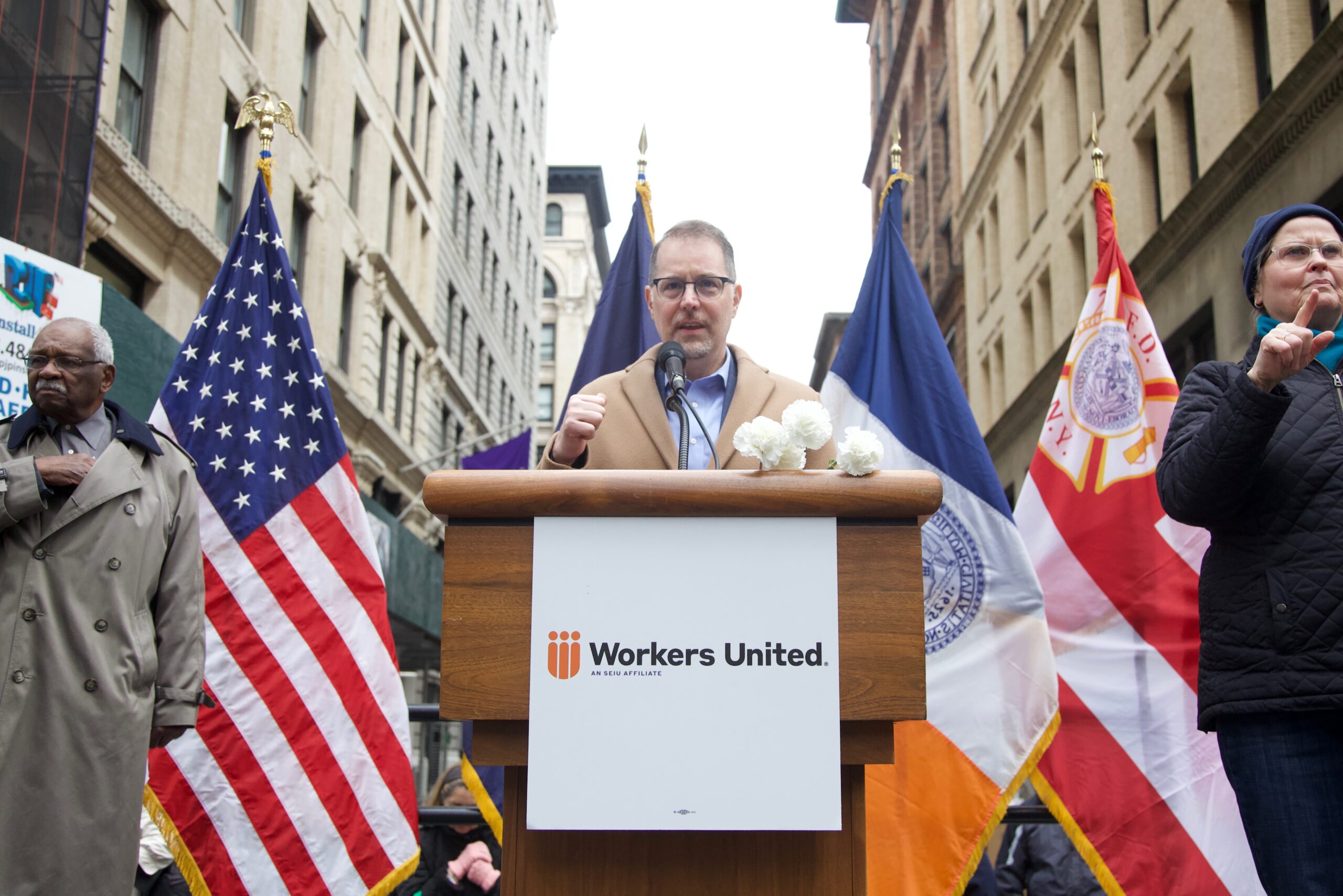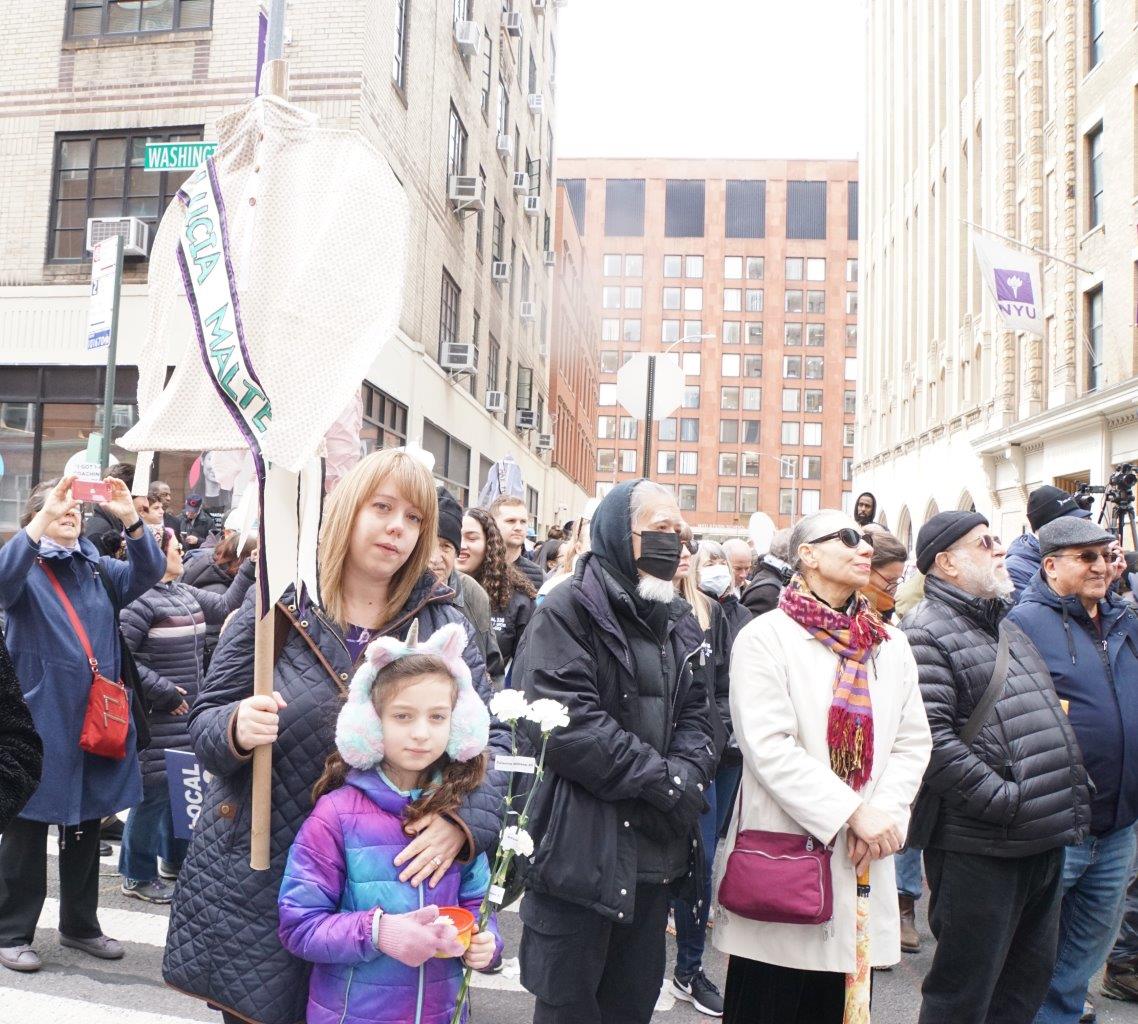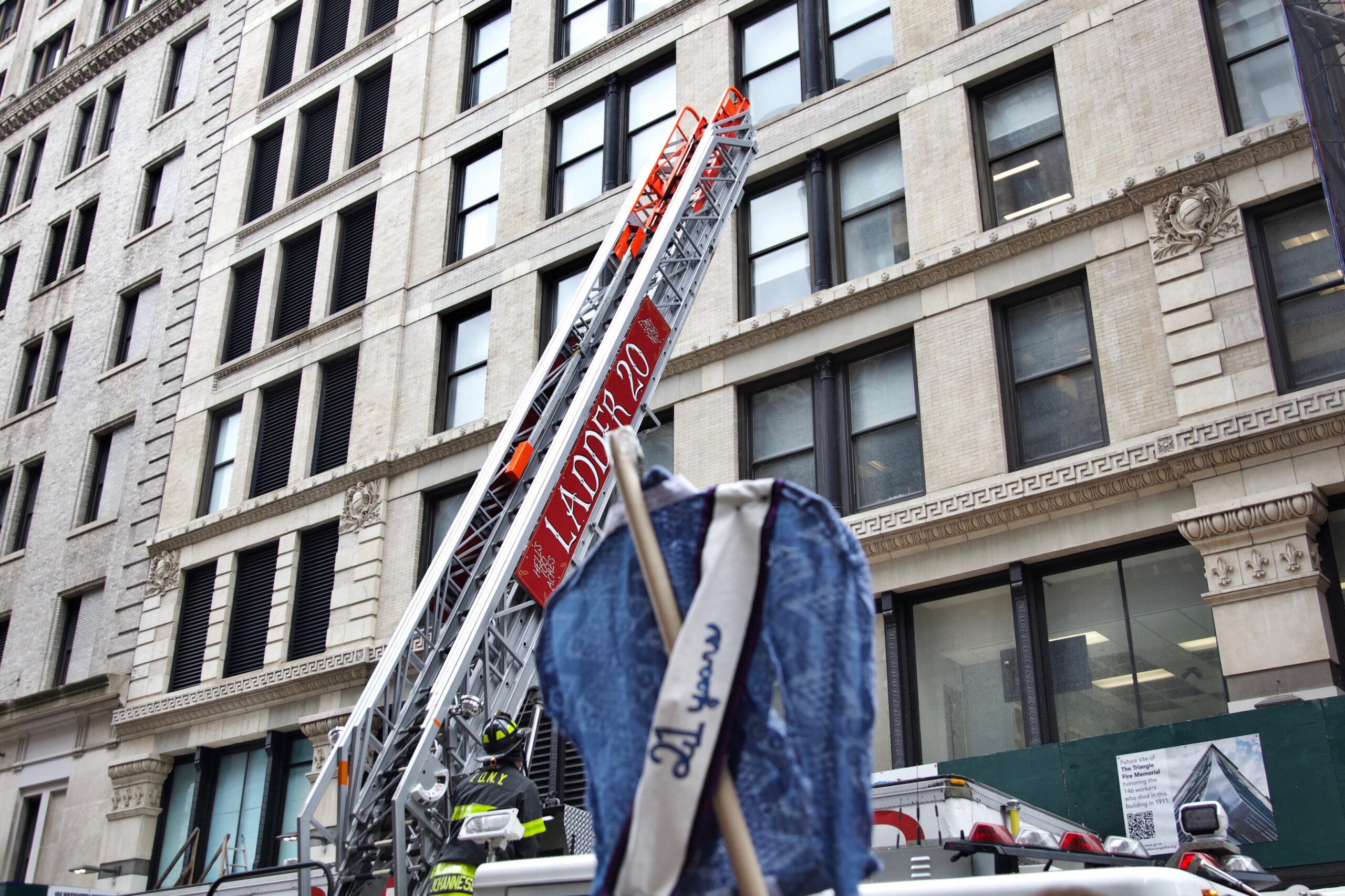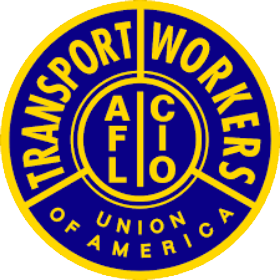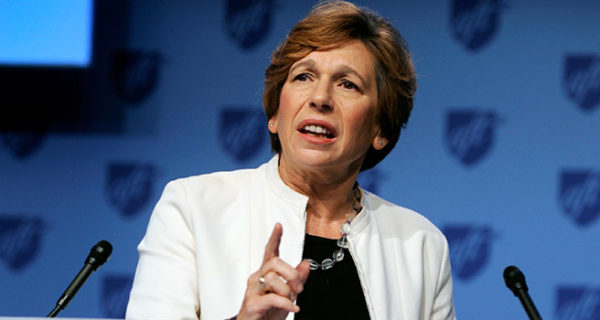The annual ceremony commemorating the Triangle Shirtwaist Factory Fire, one of the nation’s most deadly and consequential industrial disasters, returned to lower Manhattan after three
years of pandemic-related hiatus.
Frontline workers, organizers, politicians and surviving family members gathered to honor the 146 young workers killed in the 1911 factory fire, and connected the tragedy with the struggles of workers fighting for economic justice and worker protections today.
“We use this opportunity to ensure that workers not only within the borders of the United States, but around the world, that they function and operate under decent living and working conditions,” said Edgar Romney, the secretary-treasurer of Workers United, and emcee of the ceremony.
The event comes at a momentous time for its organizers, The Remember the Triangle Fire Coalition. After pushing the city government since the incident’s centennial in 2011, the alliance succeeded in securing a spot for a memorial on the Triangle Shirtwaist Factory building, owned now by New York University. The memorial is currently under construction and is set to be unveiled in October 2023.
Beyond presenting the opportunity to preserve the fire’s calamitous history, the event brought together labor supporters representing nurses, graduate students and home care workers who are engaged in hard-fought battles over worker protections in the city and state.
“Many of you know the Shirtwaist Fire Fire as the catalyst for the modern American movement for worker safety and the protocols that we have in place today,” said state Labor Commissioner Roberta Reardon.
On March 25, 1911, around closing time a fire broke out on the eighth floor of the Washington Square Park-adjacent factory, which was largely staffed by young, female Jewish and Italian immigrants who worked to produce women’s blouses.
By the time the workers on the ninth floor of the factory became aware of the fire, flames prevented workers from descending from one of two stairways, and the door to the other stairway was locked – a common practice at the time that prevented workers from taking unauthorized breaks.
A fire truck arrived when the ladder could only reach to the sixth floor below the workers. Many workers began to jump. In less than half an hour, 146 young workers died — most from burns, asphyxiation or the impact of jumping out of the ninth story window or down the elevator shaft.
Among those who witnessed the tragedy was Frances Perkins, the then-leader of the National Consumers League, who left her position to focus on a campaign for stronger safety measures.
Perkins was named New York State Commissioner of Labor in 1929 and later became U.S. Secretary of Labor in 1933, ushering in a new era of worker protections.
Nancy Hagans, the president of the New York State Nurses Association, connected the fight for labor protections following the fire to that of the union fight against understaffing in state hospitals, which prompted the union to mount two monumental strikes in January.
“Nurses experience some of the highest injury rates. Nurses are regularly exposed to violence, musclo-skeletal injuries, chemical and biological exposures, including infectious disease like covid 19 and more. Unsafe staffing levels, chronic in U.S. hospitals and nursing homes, leave us even more exposed to this hazard,” Hagans said.
Another union organizer representing a vanguard of labor momentum at the event was Hannah Gurman, an associate professor at NYU and organizer with CFU-UAW Local 7902, a contract faculty union that represents some of the adjuncts who currently teach in the building where the fire took place. In recent years, graduate employee unions in New York City and across the country have won a series of notable victories. At NYU, Gurman said that her union is currently in a campaign to get the NYU administration to verify the union’s majority support through a neutral process.
Lower Manhattan City Councilmember Chris Marte also spoke on behalf of home care workers who are often forced to work 24-hour shifts with uncompensated breaks though a state law stipulates that health aides can only be paid for 13 hours. Marte introduced a bill in the Council that would cap homecare shifts at 12 hours.
Marte encouraged participants of the ceremony not to just reflect on the past but to use it as an opportunity to get involved on behalf of home care workers in New York. “I want you to think, what will you do tomorrow? Would you call to put an end to the 24 hour shifts? This is the modern slave-like labor that happens in the homes of the most vulnerable,” Marte said.

